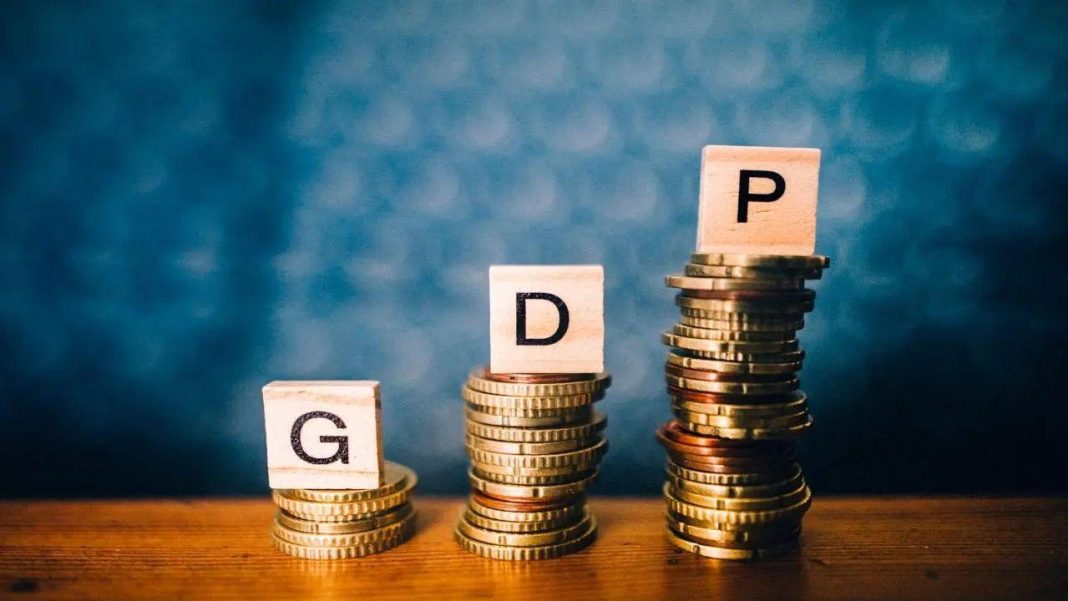Key Takeaways
- SBI projects 7.5% GDP growth for Q2 FY26 with potential upside
- GST collections expected to cross ₹2 lakh crore in November 2025
- Broad-based growth across agriculture, industry, and services sectors
- Festive season spending shows strong consumption recovery
India’s economy is projected to grow by 7.5% in the second quarter of FY26, according to State Bank of India’s latest research report. The growth momentum is supported by increased investment activities, improved rural consumption, and the positive impact of GST rationalization.
Broad-Based Economic Acceleration
SBI’s analysis reveals that economic indicators across agriculture, industry, and services have shown significant acceleration. The share of leading indicators reflecting consumption and demand growth increased to 83% in Q2, up from 70% in the previous quarter, indicating widespread economic improvement.
The report states: “Based on the estimated model, we obtain a nowcast of real GDP growth of ~7.5 per cent in Q2FY26 with possibility of an upside surprise.” It further notes that GST rationalization helped unleash strong festive spending, which “decisively showcased triumph of hope over hype.”
Robust GST Collections
On the fiscal front, SBI estimates gross domestic GST collections for November 2025 could reach approximately ₹1.49 lakh crore, representing a 6.8% year-on-year increase. When including ₹51,000 crore from IGST and import cess, total GST receipts for November may cross the ₹2.0 lakh crore mark.
The bank attributes this strong performance to peak festive season demand, reduced GST rates, and improved compliance. Most states are expected to see positive revenue gains from these collections.
Festive Consumption Surge
The report highlights a significant consumption boost during September and October 2025 following GST rationalization. Analysis of credit and debit card spending patterns shows strong growth across multiple categories:
- Automobiles
- Grocery stores
- Electronics
- Home furnishing
- Travel
E-commerce segments showed particularly strong performance, with mid-tier cities demonstrating the fastest growth rates across all regions.




